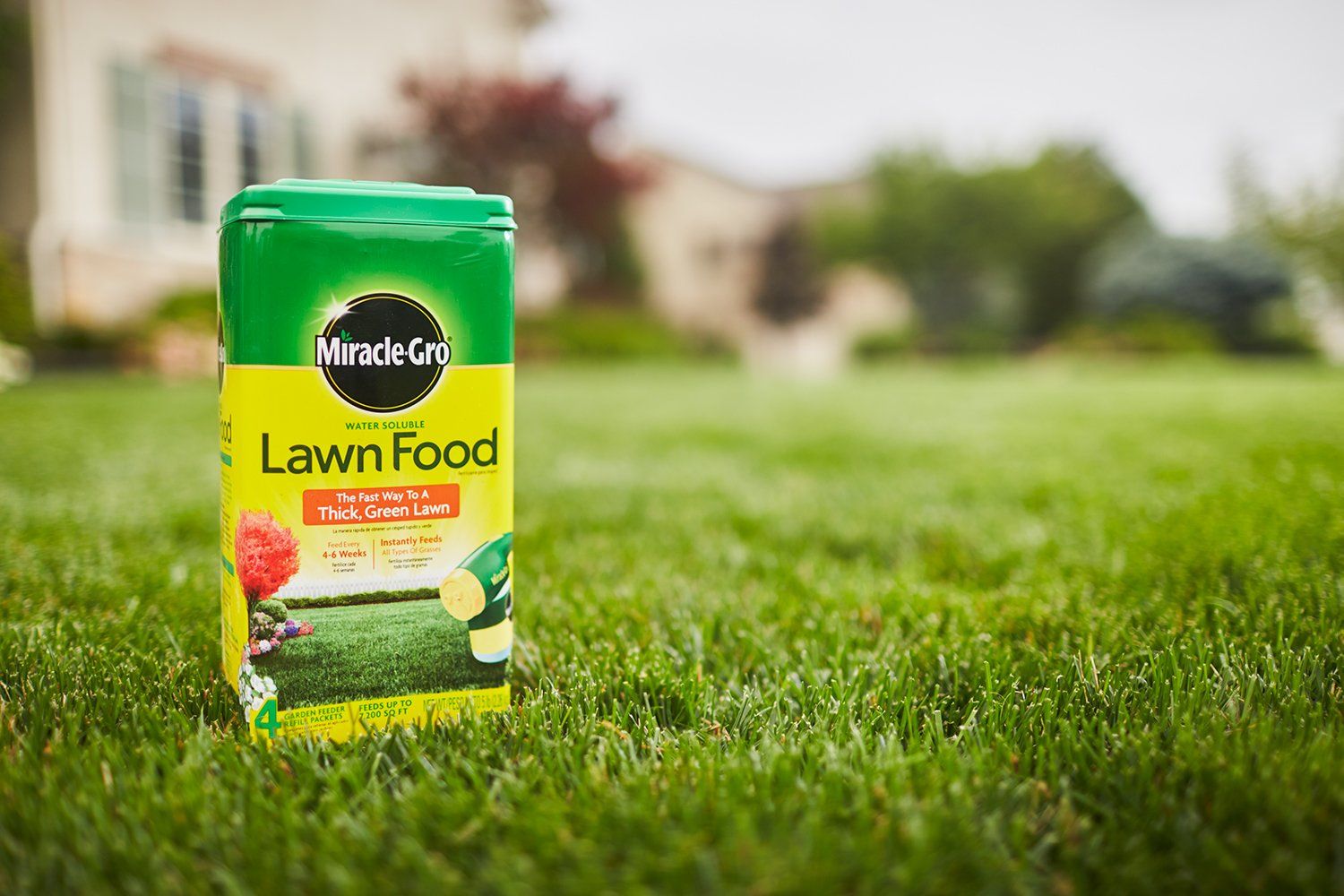Ornamental grasses add unique texture and movement to gardens with their graceful, flowing foliage and plumes. While most varieties are undemanding, fertilizing ornamental grasses occasionally can promote lush growth, vivid color, and abundant blooms. Follow these tips to choose the ideal fertilizers to feed your ornamental grasses for maximum health.
Best All-Purpose Granular Fertilizer
For overall balanced nutrition an all-purpose granular fertilizer with equal parts nitrogen phosphorus, and potassium works well on most ornamental grasses. Look for options with macro and micronutrients, such as 10-10-10 or 12-12-12 formulas. Apply in early spring just before new growth emerges using 1/2 pound per 1,000 sq ft. Lightly scratch it into the soil surface around the grass. Granular fertilizers provide gradual nutrient release.
Best Organic Fertilizer
Organic fertilizers like compost, manure, bone meal, and alfalfa meal give ornamental grasses a gentle boost of nutrition Work 1-2 inches of compost or 2-3 lbs of manure per 100 sq ft into soil around grasses in early spring. Organic fertilizers break down slowly to provide extended release of nutrients They also enrich soil with beneficial microbes.
Best Liquid Fertilizer
Liquid fertilizers offer fast absorption and customizable application. Use soluble options like fish emulsion, seaweed extract, compost tea, or all-purpose mixes like 20-20-20. Apply according to package directions 2-4 times per season, starting after new growth appears in spring. Always water in liquid fertilizers immediately to avoid foliar burn.
Best Slow Release Fertilizer
Slow release fertilizers provide extended feeding over many months. Granular types like Osmocote or Scotts Feed Your Lawn work well for ornamental grasses. Apply in early spring using half the recommended rate. Slow release fertilizer prills gradually break down to supply balanced nutrition through fall. Avoid overapplication which can cause excessive growth.
Best Natural Fertilizer
Natural fertilizers like wood ash, bone meal, blood meal, and rock powders contain nutrients that become available over time. Work 1-2 cups per large ornamental grass into soil around the root zone in early spring. For best results, test soil first and only apply what is needed. Natural options are gentle fertilizers that won’t overstimulate grass growth.
When fertilizing ornamental grasses, always follow package directions carefully. More is not better with fertilizer – overfeeding can lead to floppy, weak foliage. Water in all fertilizers thoroughly after application to avoid burning grass blades. Proper fertilization keeps ornamental grasses looking lush and vibrant all season. But know these resilient plants require little supplemental nutrition overall when planted in decent garden soil.
How to Water and Fertilize Ornamental Grasses
FAQ
Is Miracle-Gro good for ornamental grasses?
How to rejuvenate ornamental grass?
Should fountain grass be fertilized?
Are grasses heavy feeders?
What is the best fertilizer for ornamental grasses?
Organic fertilizers are gentle and easy for plant roots to uptake, as well as healthy for the entire garden. When choosing what to feed ornamental grasses, try organic soil amendments such as compost, leaf mold, mushroom manure, and other easily broken-down organic substances. You may also choose to use a basic 10-10-10 balanced food.
Does fertilizer help ornamental grass grow?
Still, a little fertilizer can help an ornamental grass flourish, especially if a mature plant is a few years old and the soil lacks fertility. This is common when growing the grasses in containers, since the nutrients present in the original potting mix fade with time.
How much fertilizer should I use for ornamental grass?
When fertilizing ornamental grasses, remember that less is more; err on the sparse side when feeding the plants. A general rule of thumb is to apply ¼ cup (59 ml.) per plant in the spring as growth starts back up. You may also choose to apply a slow release fertilizer in the spring and water it in well.
What is the best fertilizer for fountain grass?
Excess food can also cause an unstable plant with limp blades. In the first year, fountain grass can benefit from some organic fertilizer applied at planting time. Alternatively, the best fertilizer for fountain grass is a time release fertilizer that will last through summer and help the plant build a vigorous root system and initial form.
- The Ultimate Guide to Growing Strawberries in Raised Beds - August 8, 2025
- No-Dig Garden Beds: The Easiest Way to Grow a Beautiful Garden - August 6, 2025
- How to Protect and Preserve Wood for Raised Garden Beds - August 6, 2025

